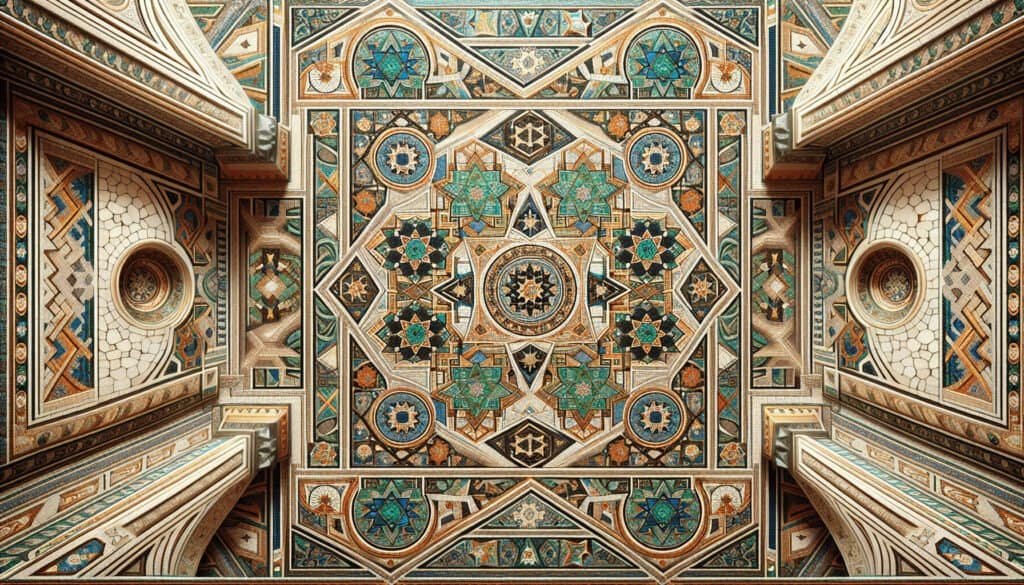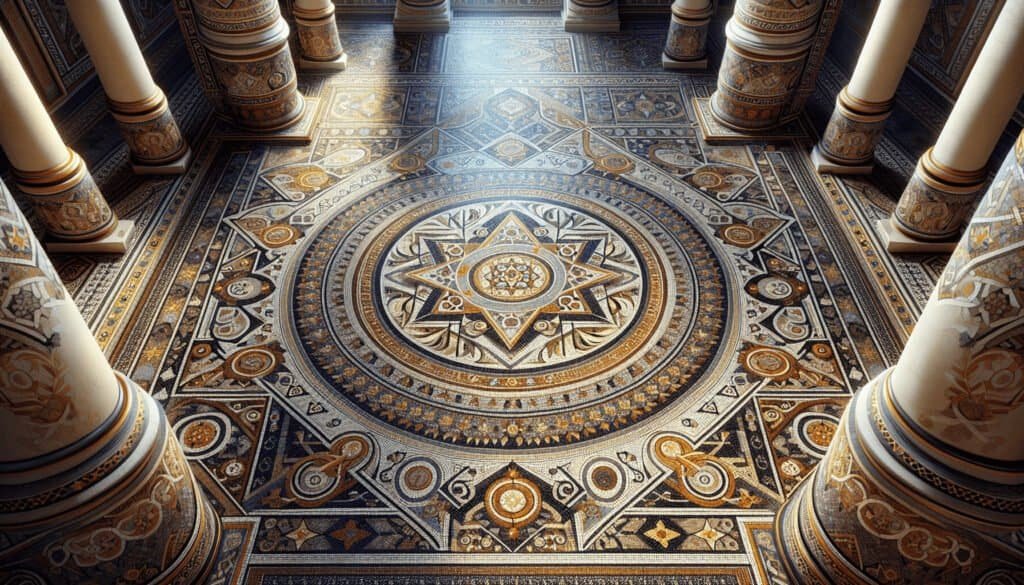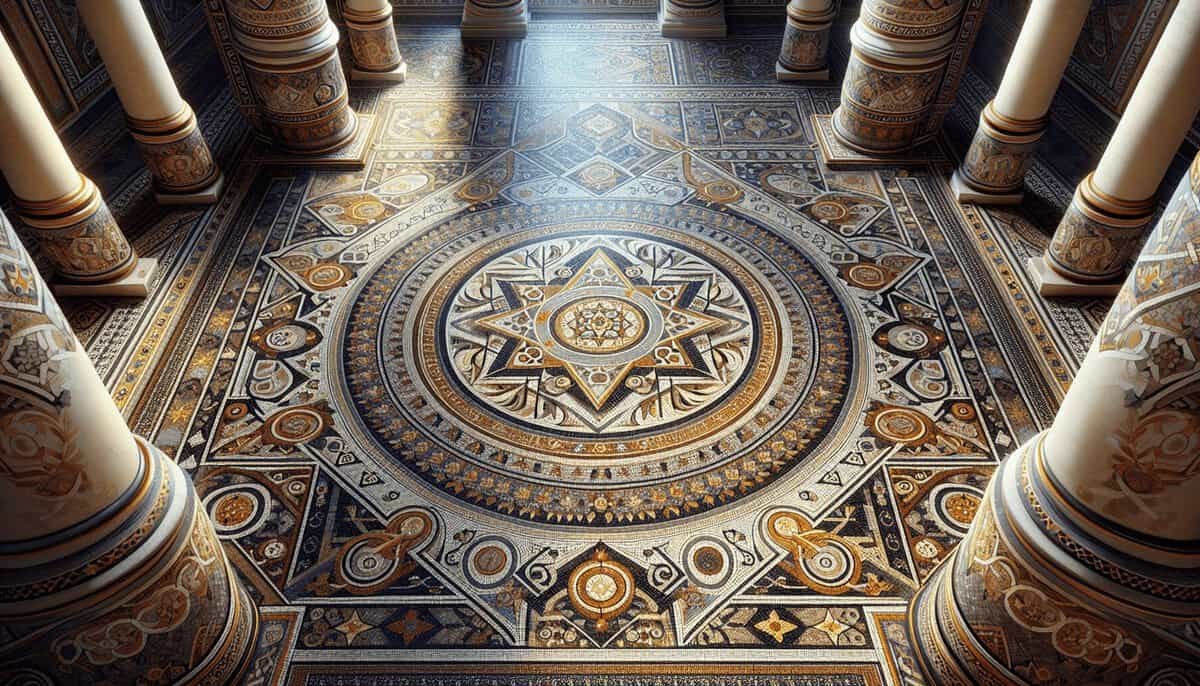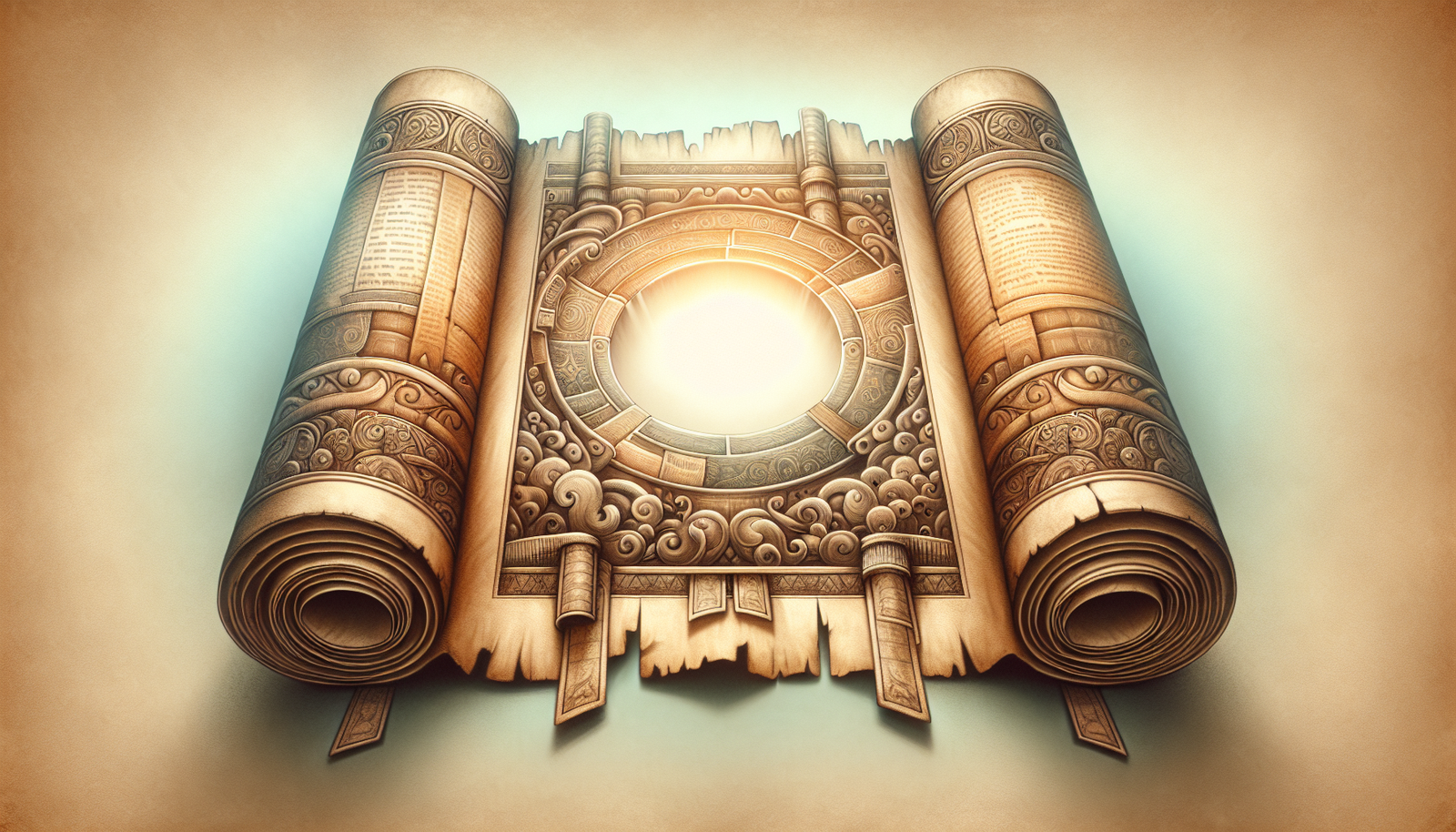What if the ancient stones beneath your feet could whisper tales of worship, watchfulness, and wisdom? The Galilee Synagogue floor is more than just a relic of antiquity; it’s a canvas that captures the essence of sacred duties and divine texts. Let’s unravel the multifaceted layers of this remarkable site, exploring the role of the watchmen and the texts that once reverberated within its walls.
The Galilee Synagogue: A Brief Overview
You can almost feel the weight of history when you think about the Galilee Synagogue. Located in the region that once thrived during biblical times, the synagogue’s ruins tell a story of faith, community, and vigilance. The foundation dates back roughly 2,000 years, serving as a gathering place for locals, a hub of religious discussions, and a site of spiritual reflection.
Historical Significance
Understanding historical context sheds light on the importance of the Galilee Synagogue. Built during the time when Jewish communities flourished, it stood as a testament to Jewish resilience and cultural identity. The synagogue embodies architectural features typical of that era, allowing you to connect with the past.
Archaeological Discoveries
When archaeologists uncovered the synagogue, they were met with a stunning mosaic floor. This floor is not just decorative; it serves as a historical document, offering insights into social, religious, and cultural practices. You might imagine the colors and designs intricately woven together, each pattern telling a tale as old as time.
Responsibilities of the Watchmen
So, who were the watchmen of the synagogue, and what were their duties? The term “watchmen” might conjure images of vigilant guards standing at attention. However, in the context of the synagogue, their role extended beyond mere surveillance.
Oversight and Protection
The primary responsibility of the watchmen was to ensure the safety of both the building and the congregation. You’d find these dedicated individuals positioned at strategic locations, keeping an eye on both the inner sanctum and the outside world. Their vigilance allowed worshippers to focus on prayer and reflection, free from worry.
Spiritual Guardianship
Beyond physical protection, the watchmen also served a spiritual role. They monitored the behavior of congregants, ensuring that all actions aligned with sacred teachings and customs. This duty cultivated a respectful atmosphere, deepening the community’s connection to their faith.
Community Engagement
Picture the watchmen as pillars of the community they served. Their role involved not only watching over the synagogue but also actively engaging with worshippers. They often facilitated discussions, answered questions, and provided guidance to those seeking deeper understanding of the sacred texts.

The Sacred Texts: Heartbeat of the Synagogue
You can’t discuss the Galilee Synagogue without mentioning the sacred texts that shaped the Jewish community. These texts are like threads, intricately woven into the very fabric of worship and everyday life.
The Torah: Central Text
At the core of Jewish worship is the Torah. Consisting of the first five books of the Hebrew Bible, it outlines laws, teachings, and narratives central to Jewish identity. You might picture the Torah scrolls being unfurled in the synagogue, with worshippers gathered around to absorb their timeless wisdom.
Prophetic Writings and Their Role
In addition to the Torah, prophetic writings also held significant importance. These texts contained messages from prophets who spoke on behalf of God, conveying moral guidance and calls for social justice. The watchmen, in their roles, might have occasionally interpreted these writings, helping congregants apply ancient wisdom to contemporary issues.
Other Sacred Writings
Beyond the Torah and prophetic texts, other writings, such as the Psalms and Rabbinic literature, shaped the spiritual landscape of the synagogue. These texts added layers of understanding, allowing worshippers to engage with a rich tapestry of Jewish thought and tradition.
Artistic Expressions: The Synagogue Floor
As you gaze upon the mosaic floor of the Galilee Synagogue, you are met with a breathtaking display of artistry and craftsmanship. Each tile is a work of art with its own story, contributing to the overall narrative of the synagogue.
Symbols and Motifs
The mosaics feature an array of symbols, many of which hold deep religious significance. You might find depictions of animals, plants, and geometric shapes, each chosen meticulously to convey particular meanings. These images served as visual reminders of the divine presence in daily life.
Artistic Techniques
The artistry goes beyond mere decoration; the techniques employed were sophisticated for their time. You can appreciate the craftsmanship, where artisans carefully crafted each piece, embedding meaning within the colorful tiles. It’s a reminder of the skill and devotion poured into creating a space for sacred practices.
Connection to Worship
The floor’s beauty is not only aesthetic; it played a practical role in worship. The layout may have directed the movement of worshippers and facilitated communal rituals. Each step taken on this sacred floor echoed the footsteps of countless others who sought connection, reflection, and solace.

The Confluence of Archaeology and Religion
When you think of the Galilee Synagogue floor, consider how archaeology and religious practice intersect. The discoveries made at this historical site illuminate the faith and practices of ancient communities, allowing you to witness the harmony between belief and daily life.
Methodology of Archaeological Studies
Modern archaeology employs various techniques to uncover and analyze ancient structures. Excavation, stratigraphy, and the study of artifacts provide a window into the past. You might appreciate how each method contributes to reconstructing the lives of those who worshipped in the synagogue.
Findings and Interpretations
From the artifacts recovered to the architectural layout, findings at the Galilee Synagogue illuminate facets of everyday life, including ritual practices, social structures, and community interactions. These interpretations form a narrative that connects the past to the present in meaningful ways.
Implications for Modern Judaism
Today, the Galilee Synagogue stands not only as a site of historical interest but also as a symbol of living faith. You can see how the remnants of this structure influence contemporary Jewish practices and beliefs, reminding the faithful of their heritage and the journey of their ancestors.
Lessons from the Ancient Synagogue
What can the Galilee Synagogue teach us about faith, vigilance, and community? There’s much to glean from its history and the lives that once filled its halls.
The Importance of Community
The watchmen served as a bridge within the synagogue community, fostering connections that went beyond mere observation. You might find it enlightening how their role highlights the necessity of community in worship and spiritual life. In today’s world, such connections remain crucial to experiencing faith meaningfully.
Protective Roles in Worship
Through the example of the watchmen, there’s a lesson in safeguarding sacred spaces, both physically and spiritually. Your responsibility in contemporary settings might mirror this—ensuring that places of worship foster a welcoming atmosphere where all feel valued and respected.
Interpreting Sacred Texts
Just as the watchmen aided congregants in understanding sacred texts, there’s value in your own engagement with spiritual literature. Diving into these ancient writings can yield personal insights, bridging the experiences of the past with your present journey.
Concluding Thoughts: Linking Past and Present
As you traverse the historical depths of the Galilee Synagogue, think of the profound connections that bind the past to the present. The watchmen, their duties, and the sacred texts they upheld serve as a testament to enduring faith and community.
Summary of Key Points
- The Galilee Synagogue, rooted in history, is a focal point for understanding ancient Jewish practices.
- Watchmen played vital roles in community engagement and spiritual guardianship.
- Sacred texts were central to worship, guiding the community in their religious observance.
- Artistic expressions on the synagogue floor serve not only aesthetic purposes but also enrich the worship experience.
- Archaeological findings offer insights that connect ancient traditions to modern practices, emphasizing the importance of community, vigilance, and spiritual interpretation.
With every story the stones could tell, remember that the lessons from this ancient synagogue resonate even today, inviting you to reflect on your own faith journey and the community bonds you share.



